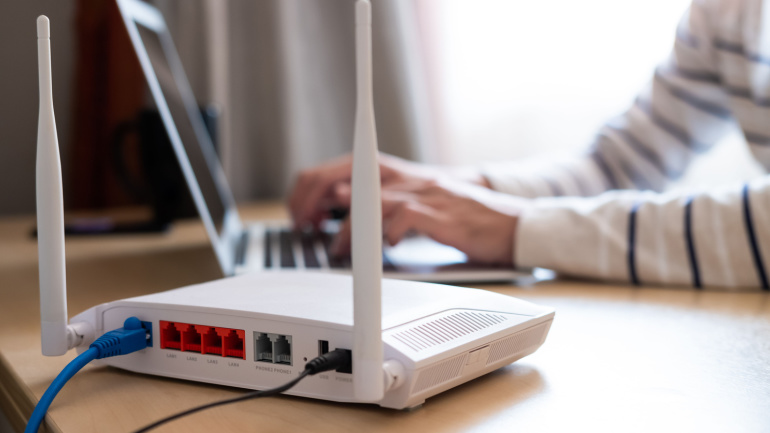A recent report commissioned by EE suggests that 4G mobile connectivity can generate significant economic benefits for rural communities, with potential earnings exceeding £6 million. However, in half of the analyzed locations, the cost of upgrading outweighed the financial advantages.
The UK’s popular Lake District, plagued by poor mobile service, is set for an upgrade with EE boosting its masts’ performance. The upgrades, part of the ambitious Shared Rural Network program, will improve coverage across less-accessible communities, attempting to achieve 95 percent UK coverage by 2025. While enhancing connectivity in the countryside, meeting an impending 2G and 3G network phase-out, these improvements respect the natural landscape and cater to rural communities’ unique needs. This project is hailed for supporting local lifestyles, businesses, tourism and potentially enabling fresh opportunities.
Bringing 4G to the UK’s remotest realms, Three UK has established 100 dedicated sites through the Shared Rural Network (SRN). This initiative enhances coverage by around 2,800km2, reaching over 37,000 new premises. However, with the ambitious goal to extend 4G coverage to 95% of the country by 2025, one can’t help but ponder, is the UK on pace to meet this target? Participate in the discussion at the Connected Britain digital economy event.
Discover the latest network architecture options for delivering fiber optic connectivity to rural America in TIA’s upcoming webinar, featuring expert insights on deployment challenges and tailored solutions for unserved areas.
New Zealand’s government collaborates with leading telcos Spark, 2degrees, and One to allocate 3.5-GHz spectrum for 5G services, improving mobile coverage nationwide. With funds supporting rural connectivity, both parties anticipate better service quality and seamless network access for users.








